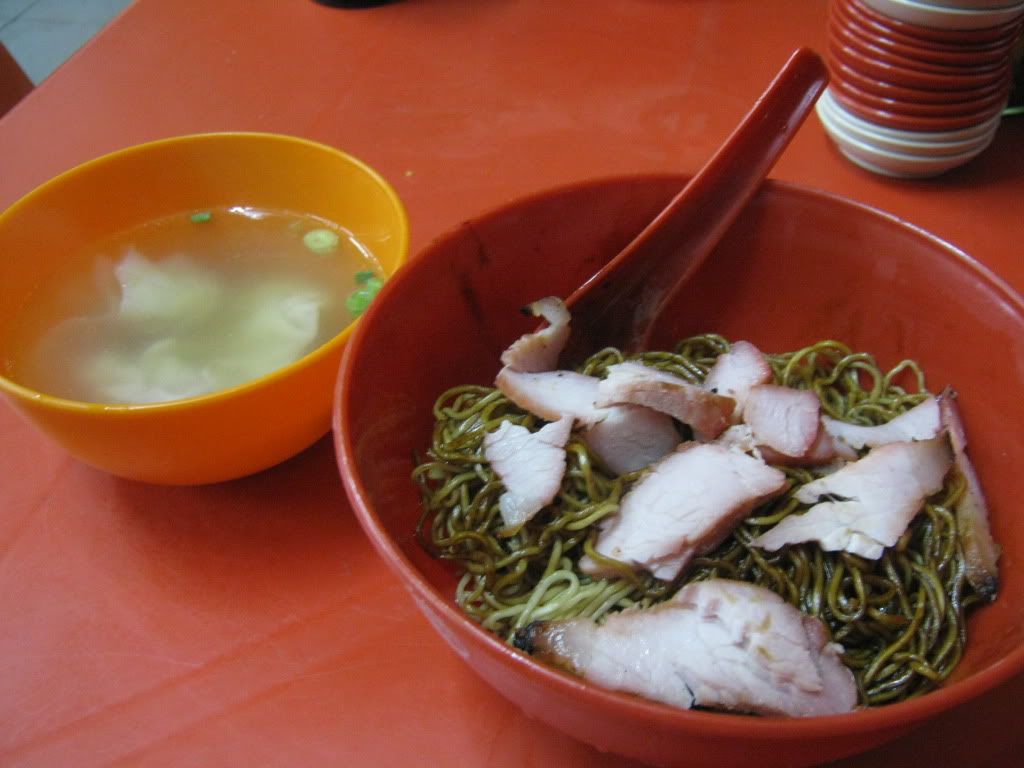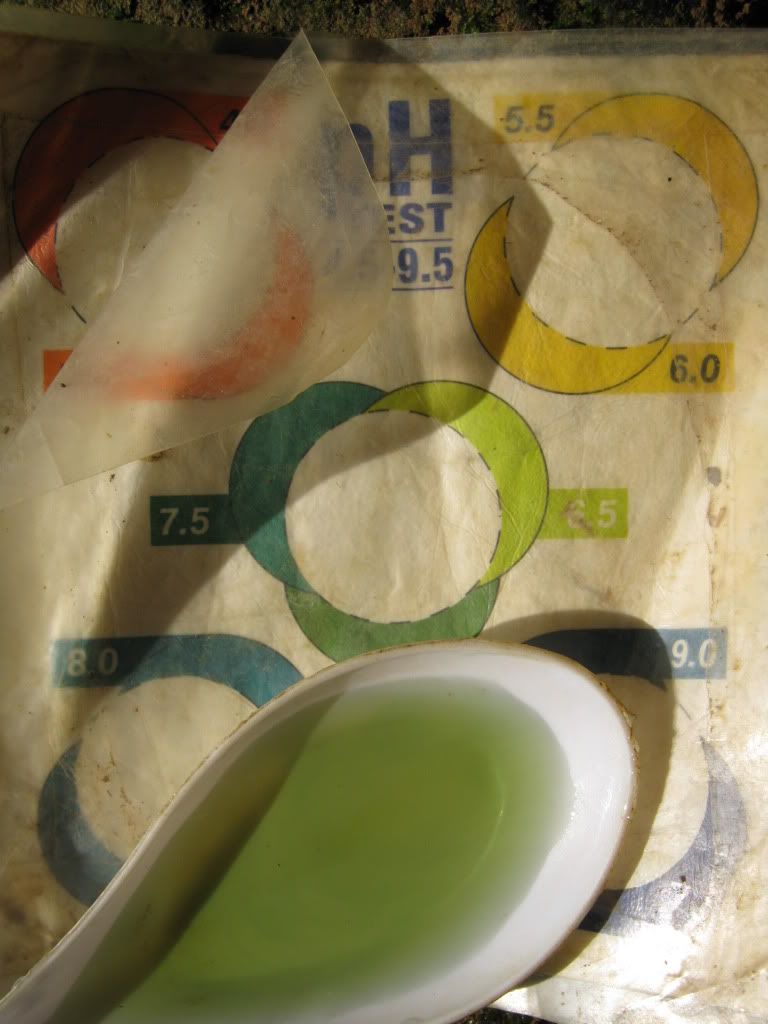Pahang was rather far from Singapore and we spent a day travelling up to Pahang and staying over for 1 night before commencing our pre "Chinese New Year house visiting" to the various cryptocoryne habitats. After visiting a fresh water lake with "sea-side" banks and a flooded swamp forest, we stayed over at a town flooded with swallows and had dinner and breakfast at the local Chinese coffee shops there.
The first location my friend brought me to visit was the habitat of what he termed as C. affinis 'metallic red' based on the colour of the leaves of the specimens found there. It was a river flowing out of a forest with rather fast flowing water. Carpets of C. affinis could be found in this river.
The river had fine sandy base and a neutral pH.
One thing I always liked about visiting habitats with submersed specimens with bullate leaves was the view of how the pockets of undulations on the leaves retained the fine sand particles washed across the leaves by the water.
Specimens with leaves of various degree of redness could be found here.
My photographs above do not bring justice to why my friend termed these specimens as "metallic red" and therefore I imported a photograph taken by my friend and posted on his blog for your reference below.
We found many fully blooming spathes here, sticking out of the water for various reasons...

As usual, we cut open the kettle of one of the spathe to capture the photographs of the male and female portion of the flower therein for you reference too.
Other C. affinis found at other habitats around west Pahang will be featured in separate postings.






















1 comment:
If it keeps its colour that would be a wonderful plant in the aquarium. Thanks for the great pictures.
Post a Comment